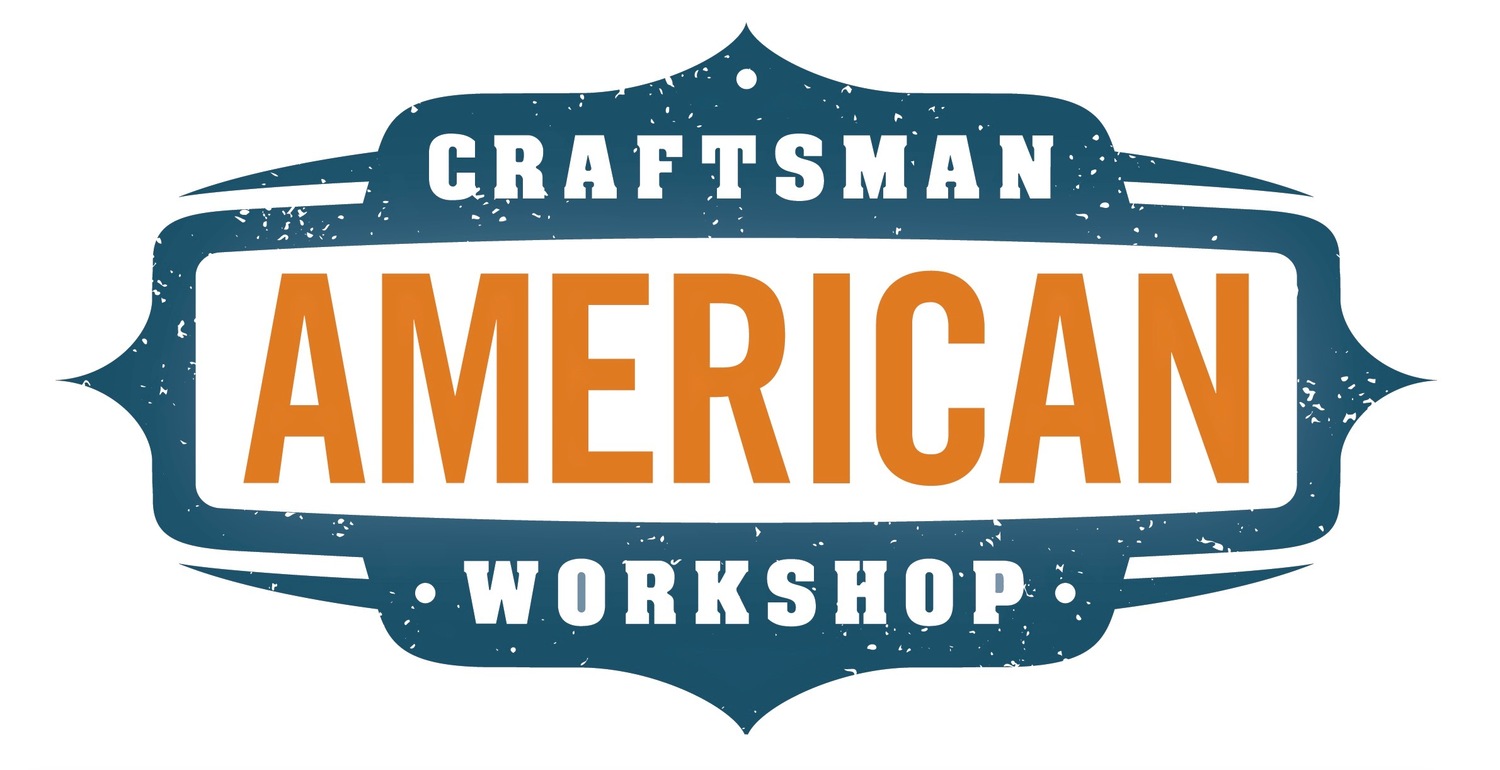By Hand and Eye
/One of the things that many woodworkers find very challenging is designing projects. And what is particularly challenging, if not outright mystifying, is understanding how to design a project that feels proportionally balanced.
If developing good proportions and balance is something you have trouble with, I would like to suggest that you check out "By Hand & Eye" authored by Jim Tolpin and George Walker, published by Lost Art Press.
By Hand & Eye explains how classic proportions and order were developed, and how they were applied historically in architecture. This context helps remove the mystery surrounding what often seems like confusing mathematical formulas.
By Hand & Eye does well at presenting the information in a logical and comprehensive manner. This is important as it makes the information mentally digestible, which clarifies the subject rather than confounding it.
I really like the chapters "Waking Up Your Eye" and "Proportions Made Simple." They do well at presenting the base information, and demystifying it, which will help you understand the chapter "Classic Orders" later in the book. The information really is dispensed in a logical order of progression which makes it comprehensive.
Toward the end of the book, there are 10 projects that include explanations of how the classic proportions apply. I recommend that if you are just developing your eye, you really should build the projects. It is only through practical application that you will get a full understanding of how the proportions "feel" when expressed in a tangible item.
I highly recommend By Hand & Eye. I have other books that share the same technical information, but this has to be the best book that shares the information in a format that is directly related to the woodworking and furniture making community. The fact that it is relatable, helps tremendously in making it understandable.
For an entertaining and distilled version of understanding proportions, check out this stop-motion video "Design by Hand & Eye" narrated by Jim Tolpin. You will not only be entertained, you will be amazed at how much clarity it brings to understand proportional relationships.
Disclaimer: I purchased "By Hand & Eye" at full price with my own money. I have not been compensated in any manner for my review or endorsement. My opinion of the contents are measured against my own experience designing and building as a contractor and professional woodworker since '97.
Your friend in the shop,
Todd A. Clippinger
Share the Love - Share the Knowledge














